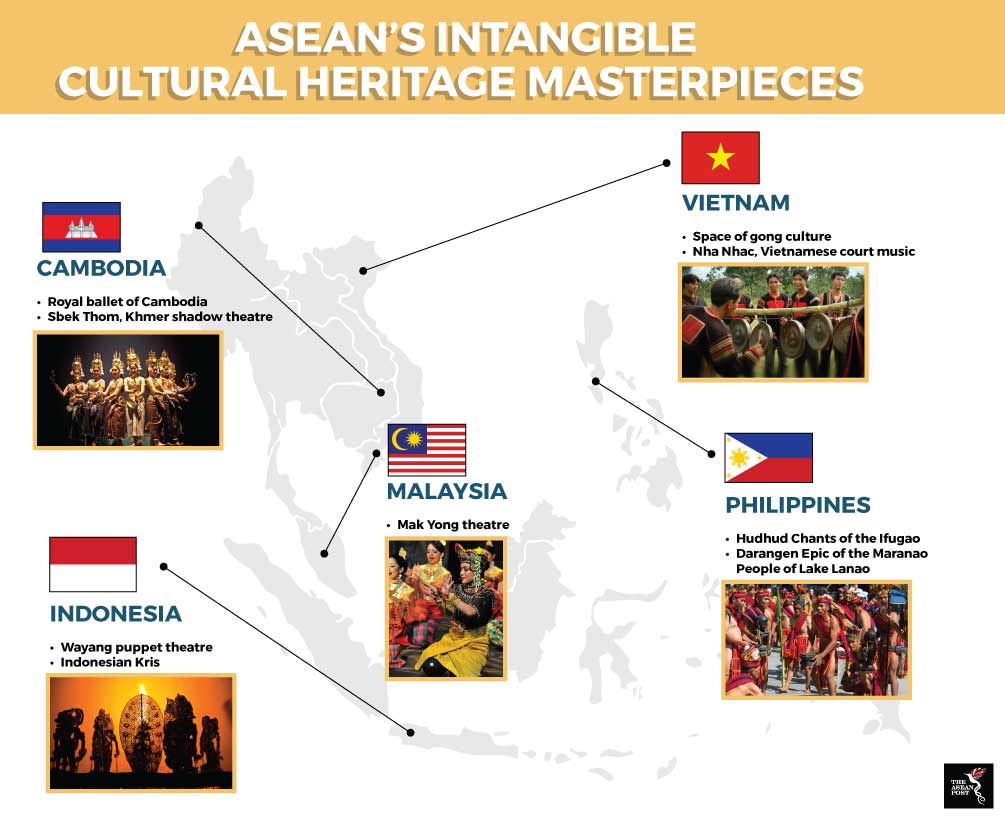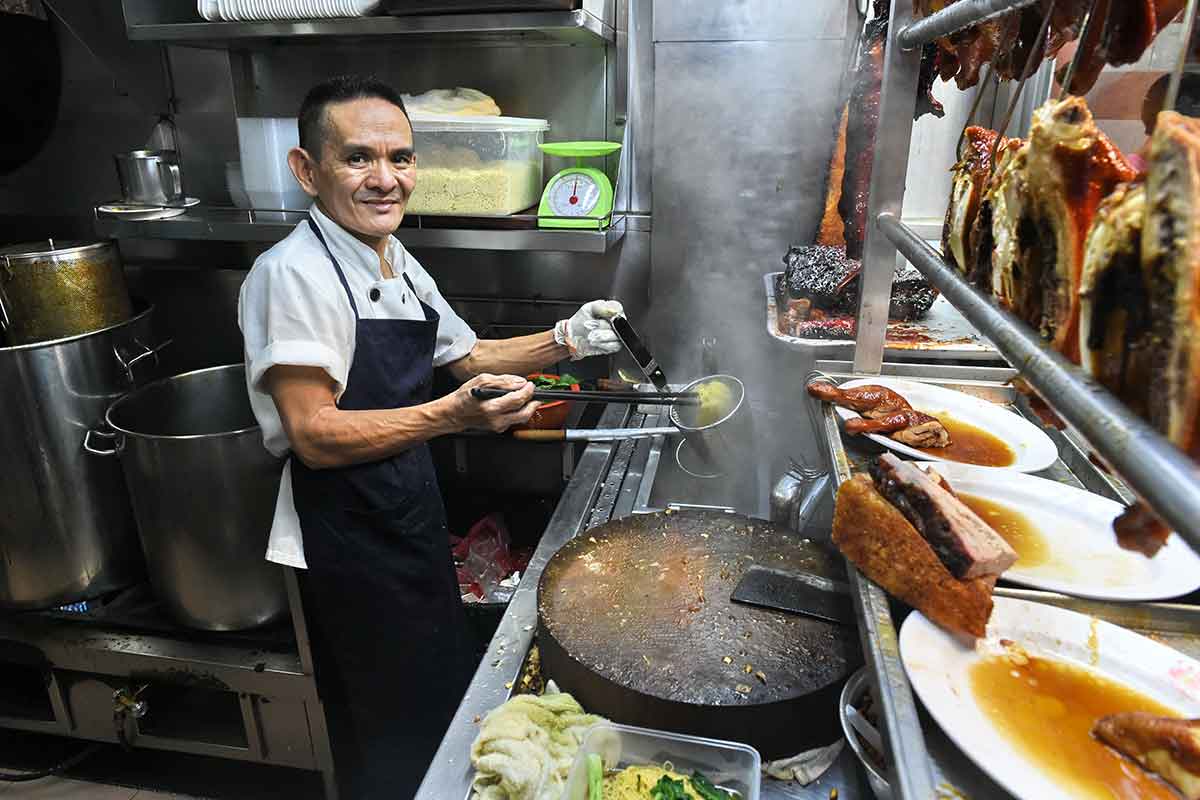Singapore will submit a nomination for its hawker culture to be listed on the United Nations Educational, Scientific and Cultural Organization’s (UNESCO) Representative List of the Intangible Cultural Heritage (ICH) of Humanity by the end of this month.
Speaking in Parliament on 8 March, Singapore’s Minister for Culture, Community and Youth, Grace Fu said that the outcome is expected to be announced at the end of 2020.
“Hawker culture represents an integral part of our way of life (and) a successful inclusion will not only showcase our multi-cultural heritage to the world but also our pride in our hawkers and hawker culture,” she said.
“Support for the nomination has been encouraging and more than 14,000 pledges to support the nomination were received online within the first five days of the announcement, and as of 5 March, more than 700,000 pledges have been received,” she added.
Singapore Prime Minister Lee Hsien Loong announced at the country’s National Day Rally last year that a committee would be formed in September 2018 to prepare and submit the hawker culture nomination to UNESCO.
UNESCO’s 2003 Convention for the Safeguarding of the Intangible Cultural Heritage is intended to recognise and protect important ICH which, unlike physical heritage sites, include oral and intangible practices. Singapore’s Botanic Gardens was listed as a UNESCO World Heritage Site in 2015.
A 24-member intergovernmental committee meets each year to evaluate applications for entry into its lists. The committee maintains and publishes three lists; List of ICH in Need of Urgent Safeguarding Measures, a register of best safeguarding practices, and a Representative List of the ICH of Humanity.
In 2005, UNESCO published a one-off proclamation of 90 Masterpieces of the Oral and Intangible Heritage of Humanity. Nine of these masterpieces can be found in ASEAN.
Cambodia’s royal ballet and Sbek Thom shadow theatre; Indonesia’s Wayang puppet theatre and Kris; Malaysia’s Mak Yong theatre; the Philippines’ Hudhud Chants of the Ifugao and Darangen Epic of the Maranao People of Lake Lanao; and Vietnam’s space of gong culture and Nha Nhac court music, are on the masterpiece shortlist.

With the exception of Brunei and Singapore, ASEAN member nations boast of 28 elements or entries on the Representative List.
Vietnam’s earliest recorded history began in 2879 BC with the Hồng Bàng dynasty. The cultural practices developed over time earned it 11 entries on the list. Indonesia, with a rich history of ancient empires, has nine entries.
A relatively young Singapore is determined not to be left out. Having Singapore’s hawker culture on the Representative List will help “safeguard and promote this unique culture for future generations,” said Prime Minister Lee last year. “It will also let the rest of the world know about our local food and multicultural heritage.”
Describing hawker culture as a “cultural institution” that is part of Singapore’s identity and heritage, Lee called hawker centres “community dining rooms” where Singaporeans of all races, faiths and income groups come and eat together.
Singapore is proud of its hawker centres as two of them were awarded one-star rating by the Michelin Red Guide, the oldest European hotel and restaurant reference guide.
The selection of hawker culture was made after a series of public engagements and focus group discussions. Singapore is also compiling a list of its own ICH with the help of local communities, academics and experts. Its first list comprising 50 cultural elements include hawker culture, Malay weddings, Indian classical dance and Xinyao songs.
The rise of Singapore’s hawker culture is followed by a decline in home cooking and cooking skills. Unless a household cooks for three or more people, it is cheaper and more convenient to eat at a hawker centre.
A survey by consumer research services provider Nielsen last August found that 24 percent of Singaporeans eat out daily while 55 percent do so on a weekly basis. The survey of 202 people found that more people eat out compared to 2015 when the survey was last held, with Nielsen attributing the rise to mobile device proliferation, busy lifestyles and challenging working hours.
As fewer Singaporeans cook, traditional home culinary skills are in danger of fading away. Ironically, even the hawker trade may vanish as younger Singaporeans lack the skill to join the aging trade where the median age is 59 years
Singapore’s Ministry of the Environment and Water Resources (MEWR) established a committee on Hawker Centre 3.0 to study ways of improving hawker centres. Its list of recommendations includes providing training and career pathways to join the profession.
To qualify for the UNESCO ICH listing, Singapore cannot import foreign workers to run the trade. Unless the government succeeds in attracting a younger generation to pick it up, Singapore’s hawker culture may soon join the List of Urgent Safeguarding Measures instead.
This article was first published by The ASEAN Post on 21 August 2018 and has been updated to reflect the latest data.
Related articles:
World Heritage sites under climate siege
